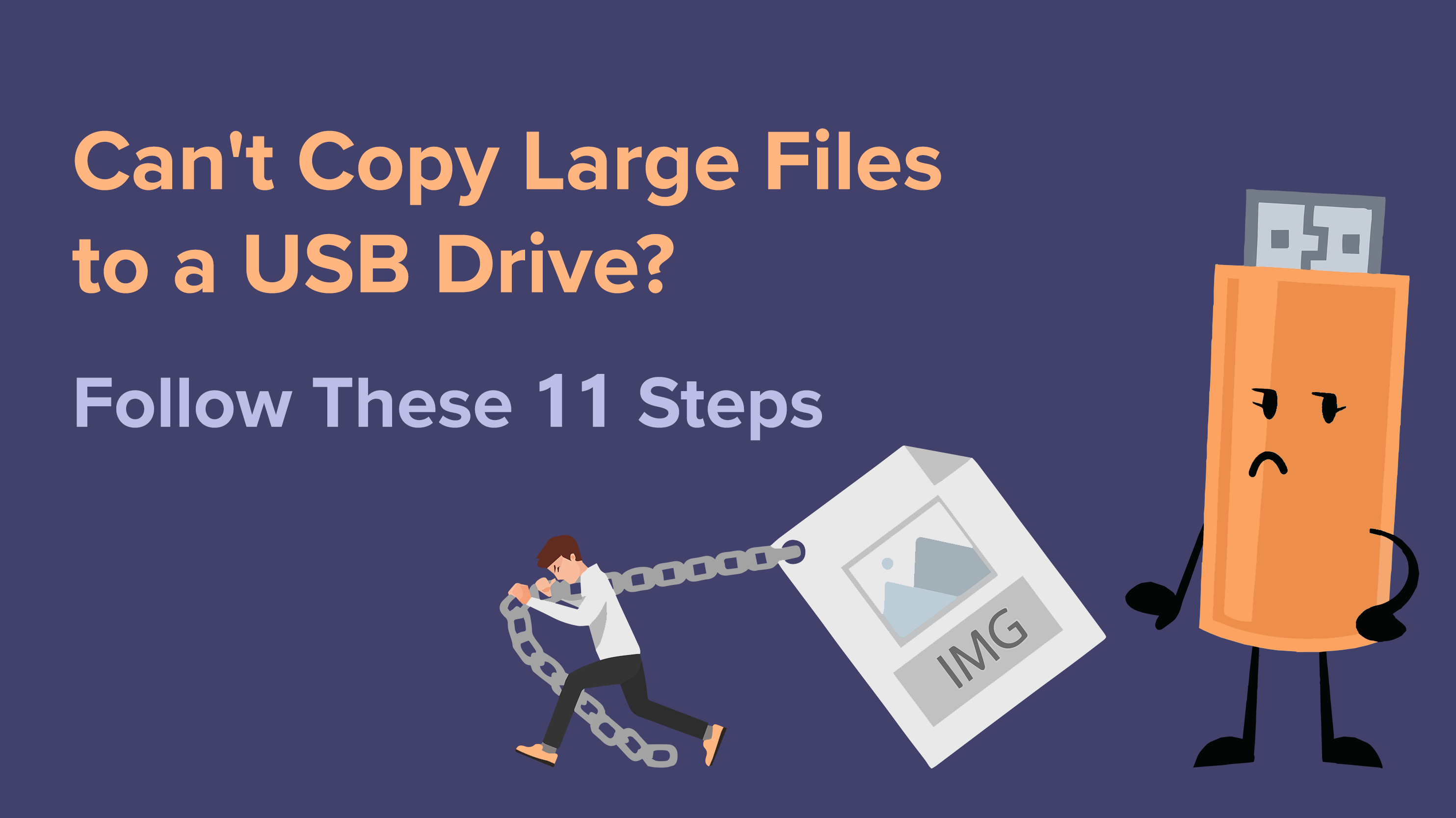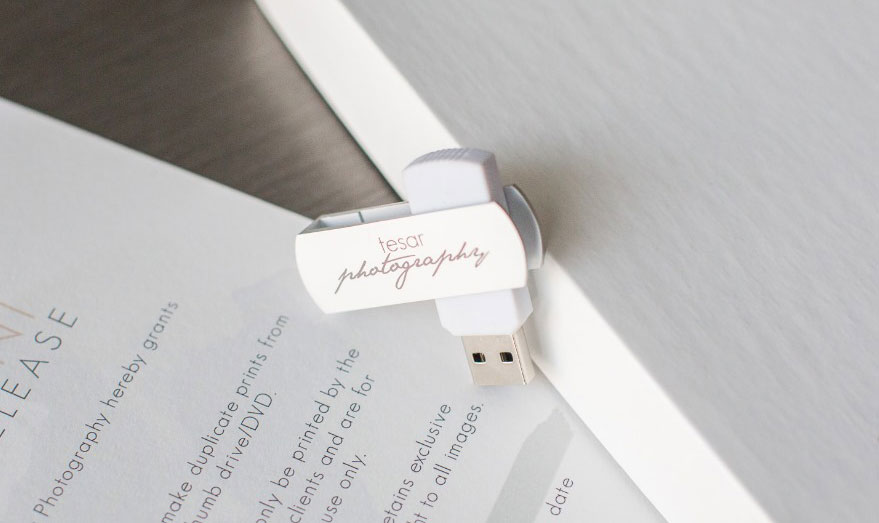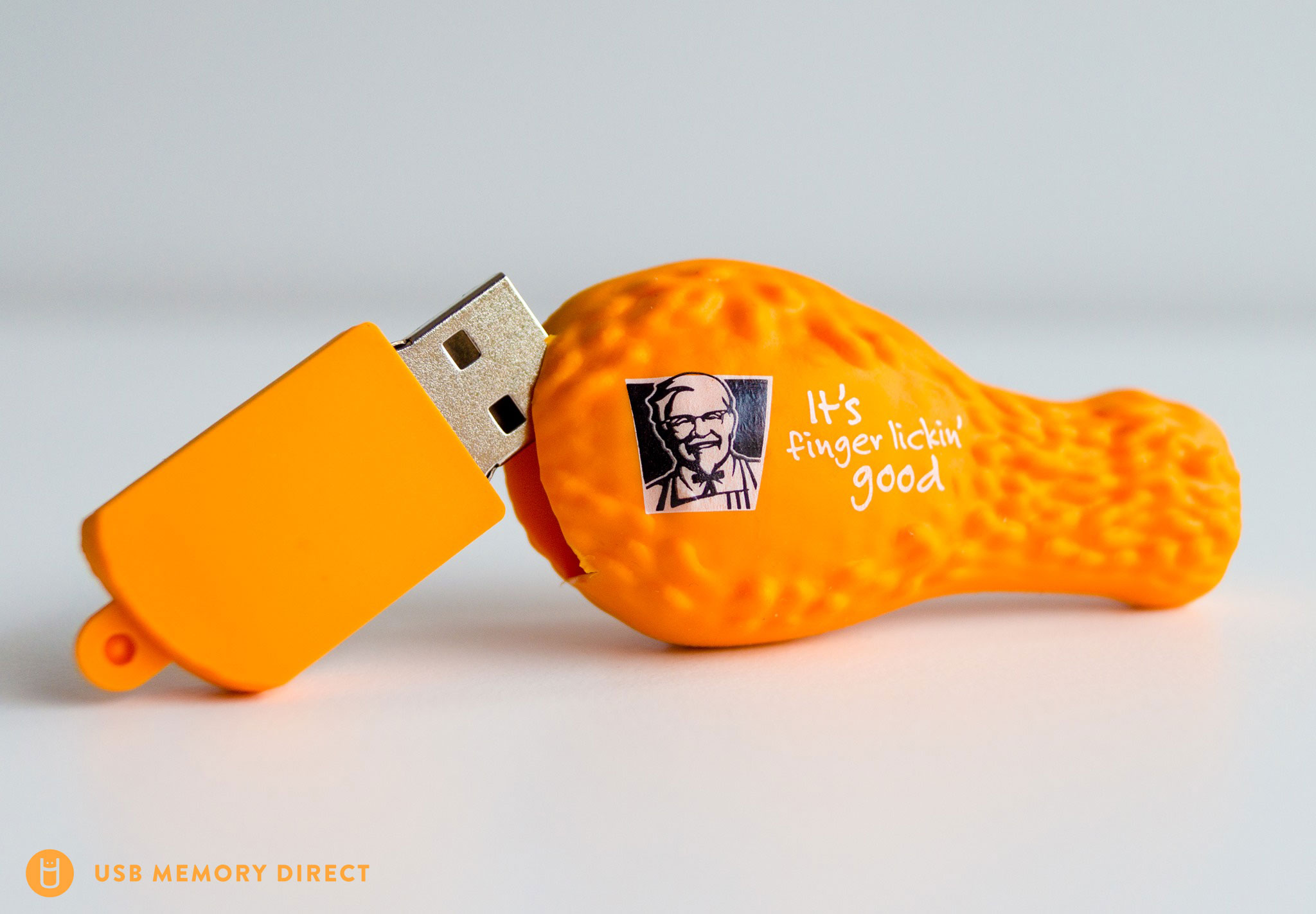
Can't Copy Large Files to a USB Drive? Follow These 11 Steps
If you can't copy large files to USB classic devices, the problem might be the file system on the flash storage device set by default, FAT32. Formatting your flash drive allows you to switch the existing file system to exFAT, which is capable of storing files over 4GB.
So, how to copy large files from Mac to USB? Follow these 11 steps to change your file system and copy your files to a storage device.

1. Connect the Storage Device to Your Mac
On a Mac computer, you must connect the flash drive, USB stick, or pen drive to the port. Flash drives are plug-and-play portable storage devices that utilize flash memory technology. Your computer should recognize these devices and display them on the desktop.
2. Open the Flash Drive Icon
Double-clicking the flash drive icon opens your flash drive. Another way to open the flash drive is to launch Disk Utility and click on your device on the left-hand side.
3. Switch the Device File System
Change the file system from FAT32 to exFAT.
4. Open the Erase Window
If you're re-using a flash drive, first back-up your files and data and store them on your Mac. Then press the "Erase" button to open the window and start the process. Most storage devices, including custom or branded flash drives, should reformat within one minute. You can now store files larger than 4GB.
5. Locate Your Flash Drive in Finder
In Finder, you should see your flash drive. Click the Finder icon in the dock, which is a built-in application for files on Mac. Your device is under Locations in the Finder window on the left side.
6. Copy the Files
While your flash drive is still in the Mac port, copy the files in Documents to the flash drive. Click on the file and drag it to the name of your flash drive under Locations in the sidebar.
Purchase New Bulk Flash Drives
7. Watch the Copy Progress Indicator Window
You will see a window showing how long it will take to complete the copying process. If you need to cancel the copying process, click the small "x" in the window on the right side.
8. Click the Name of Your Flash Drive
In the Finder window on the sidebar, click the flash drive name to see all your content and files on the device.
9. Open a Second Finder Window
If you need to copy other files, open a second Finder window and repeat steps five, six, and seven. You will continue the same process by dragging files into your flash drive window.
10. Secure Your Flash Drive

Keep your information and data secured on your flash drive or USB C memory stick. Take the necessary steps to encrypt your storage devices while connected to your Mac.
1. Right-Click on the Memory Stick Icon
On your desktop, right-click on the memory stick icon and select "Encrypt" to start the encryption process.
2. Enter a Password
You will need to enter a password and then confirm by entering it again. Once made you cannot change your password.
3. Encryption Process
The encryption process may take a few minutes to finish. You can now get ready to eject your device within Mac.
11. Eject the Flash Drive
When you finish copying your documents, files, and folders to your flash drive, eject the device before unplugging it from the port. In Finder, select your flash drive, then choose "Eject" from the menu bar or click the small eject button beside the device name.
See Our Variety of Bulk Flash Drives
Finding Bulk Flash Drives
At USB Memory Direct, we offer bulk flash drives and other storage devices in many styles and colors. Our branding services allow you to customize your flash drive using heat stamp, laser engraving, or screen print techniques.